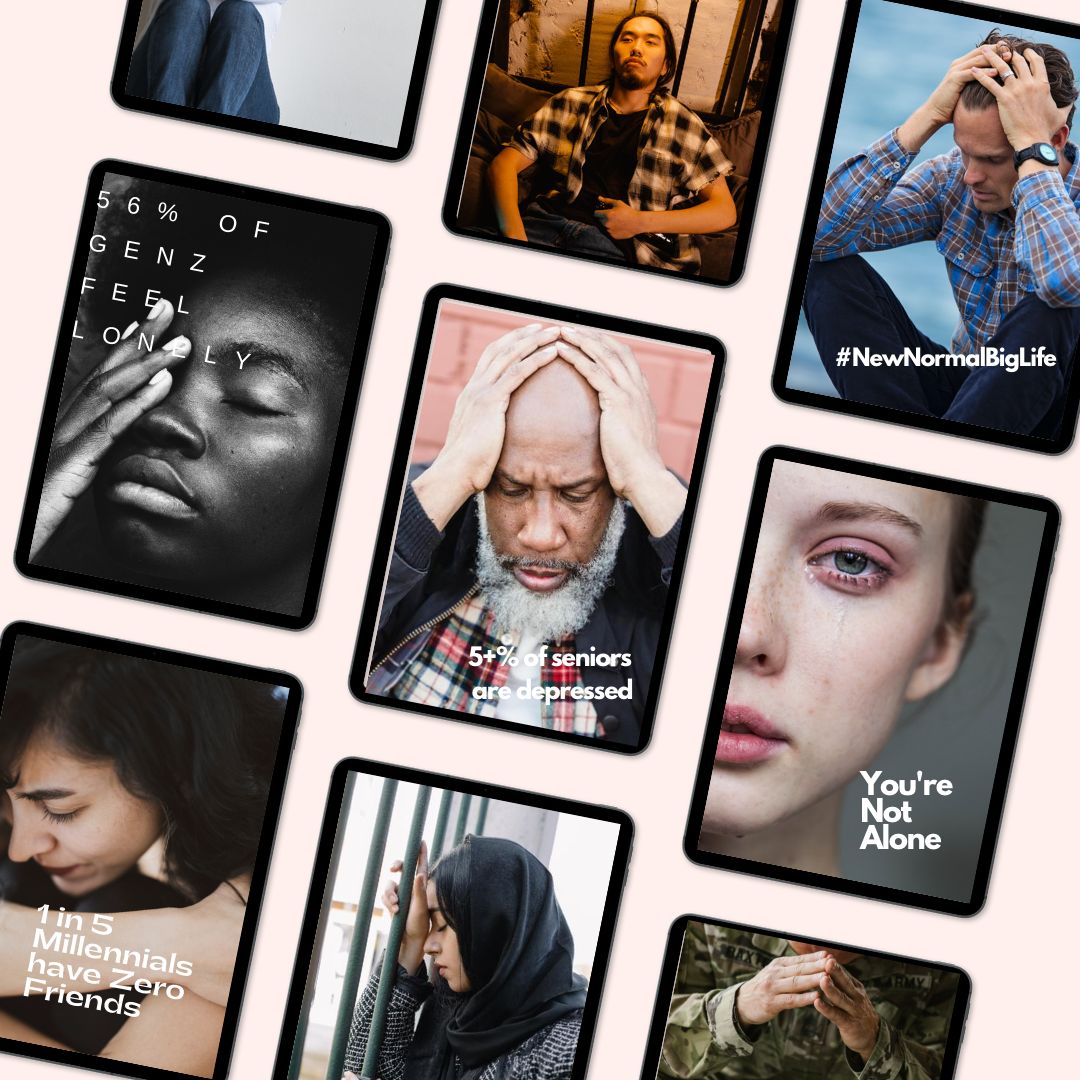
The deaths of despair and epidemic of loneliness are staggering, but the cure is simple. And outdoorsy people knew the treatment long before the Center for Disease Control (CDC) or economists and authors Anne Case and Angus Deaton began writing about “deaths of despair,” a phrase they developed.
The epidemic of suicide, drug overdose, and alcohol-related deaths are collectively called “deaths of despair,” which took 200,000 lives in pre-COVID 2019.
Between 2017 and 2019, so many Generation Z youth and Millennial adults lost their lives to deaths of despair that the U.S. life expectancy decreased for the first time in one hundred years.
In addition, according to the CDC, one in five millennials report having no friends, and 56% of Gen Zers report loneliness in the past twelve months, according to the Institute for Family Studies.
What the experts know about deaths of despair
Nicholas Kardaras, Ph.D., said, “We’re just not meant to be sedentary, screen-staring, and meaning-devoid creatures,” in his new book, Digital Madness. Kardaras says, “Psychologists have known for decades that the best non-pharmaceutical antidepressant is physical activity—taking a walk, riding a bike, jogging, playing a sport. Anything that gets the body moving also increases serotonin levels and helps to oxygenate the brain.” — Nicholas Kardaras, Ph.D.

Get outside and adventure
Although stating adventure sports can “cure” anyone from a death of despair is an oversimplification of a complex societal and healthcare crisis, the evidence that an adventure sports lifestyle can reverse persistent health challenges is everywhere. But if you’re not outdoorsy or part of this lifestyle, which many formerly marginalized people like people of color, women, folks with disabilities, low-income households, and the LGBTQ+ community, you might never hear the stories of miraculous “recovery.”
“When my Veterans Administration physical therapist recommended kayaking as recreational therapy, I used a walker, a service dog, and a full-time caregiver. Unfortunately, disabilities resulting from a traumatic brain injury and spinal cord injury severely debilitated me after eleven years of military service.”

“What I immediately loved about sitting in a little plastic boat running rapids on a wild and scenic river was the feeling of freedom and normalcy. The anxiety from the disease afflicting me melted away. After leaving the river, I felt confident in my ability to handle daily life, and eventually, the anxiety became manageable.” Excerpt from my debut book—Four Hours to Live: A soldier’s journey of adoption, assault, advocacy, and adventure. — Antoinette Lee Toscano, MBA
Here are five ways being outdoorsy prevents deaths of despair
- Provides opportunities for physical activity.
- In-person social interaction and deeply connected relationships.
- Disconnection from dopamine-driven digital interactions.
- Development of resiliency skills.
- Opportunities to prove to yourself that you are stronger than you think.
To be certain, anyone struggling with anxiety, depression, PTSD, and other mood challenges can significantly benefit from working with a licensed mental health professional. In addition, there are incredible low-cost and no-cost resources available in most communities.
And in the meantime, you can be your own rescue by taking one step each day toward wellness and happiness.
Today, I have avoided a death of despair after a traumatic brain injury, a spine injury, and a diagnosis of anxiety, major depression, PTSD, and complications from my injuries.
I’m an all-around adventure sportswoman. I’ve ditched my walker and found unconditional happiness and a loving relationship, and my service dog is now a semi-retired family pet. In addition to writing and motivational speaking, I’ve become a national brand ambassador for several top-tier adventure sports companies. I’m also an adventure lifestyle influencer in my philanthropic work. Through my journey, I have rediscovered the healing power of nature, and it’s my life’s mission to reconnect underrepresented communities to the outdoors.
Adventure is key to preventing deaths of despair

“After all, outdoor recreation is at the intersection of health, wellness, conservation, and adventure, and we all have a natural right to nature. However, I am no one special. I am an ordinary person with average abilities. Everything that is within me exists inside you too. You only need to choose your new normal and create the biggest life you can envision.” Excerpt from my debut book—Four Hours to Live: A soldier’s journey of adoption, assault, advocacy, and adventure. — Antoinette Lee Toscano, MBA
Subscribe to the New Normal Big Life newsletter to know when the next article drops.
In the November edition of the New Normal Big Life Blog, we’ll take a deeper look into the five ways being outdoorsy can steer you away from anxiety, depression, and loneliness toward your new normal and the biggest life you can envision.
Follow me on WhitewaterTV to learn how to #GetOutsideAndAdventure.
Follow me on social media to learn about free adventure sports opportunities and giveaways.

Outdoorsy People Survive a Natural Disaster Better Than You - The New Normal Big Life Blog
October 20, 2022[…] Check out Five Outdoorsy Ways to Prevent Deaths of Despair […]